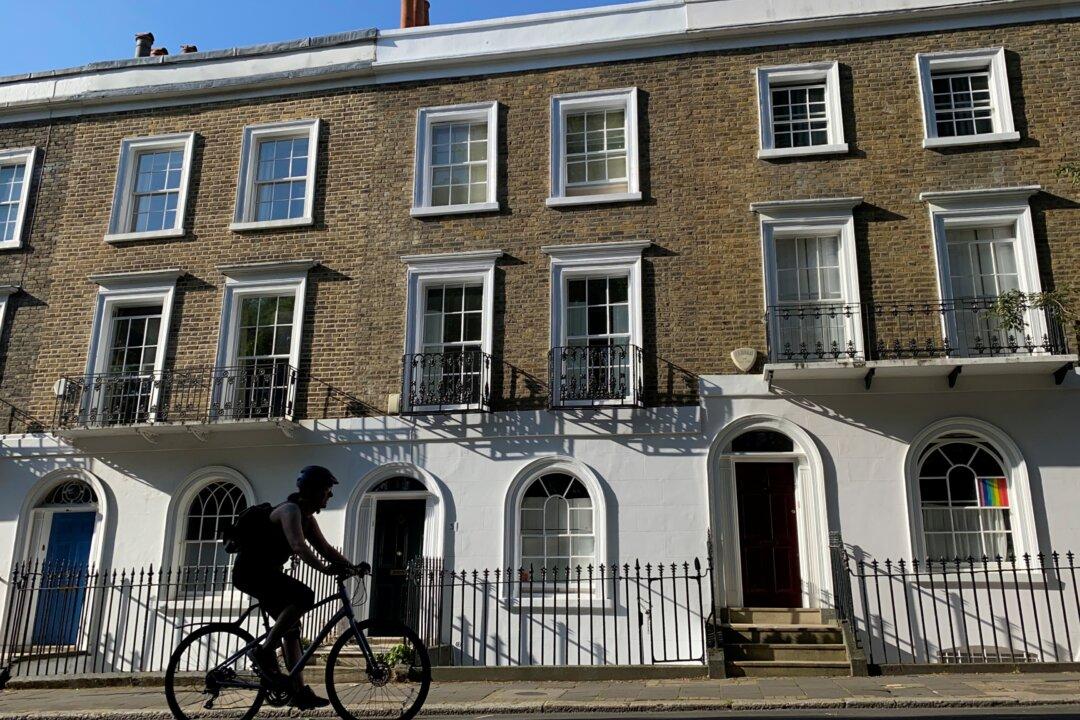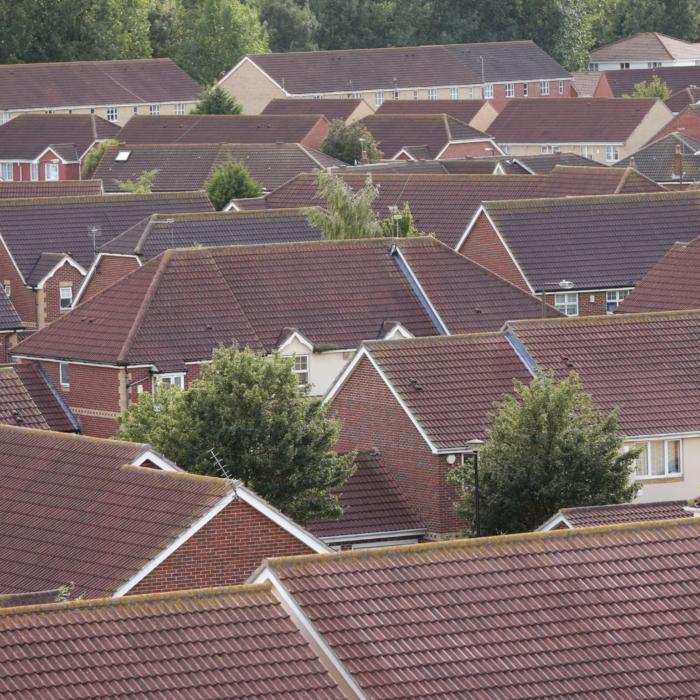The UK housing market has been enjoying a positive trend in buyer demand and new listings, a residential survey has revealed.
An upward trend in new buyer enquiries stayed positive for the second successive month, despite predictions that further easing of mortgage rates is likely to stall.
Drops in mortgage rates depend on a number of factors, including inflation, swap rates, and unexpected shocks to the economy. Due to uncertainty about the timing and speed of interest rate reductions, RICS reported a “cautious” near outlook for the housing market.
It also highlighted a “solid rise” in new instructions to sell, with 21 percent of property professionals reporting an increase. This is the strongest market reading since October 2020, RICS said.
In the highest figure since February 2021, 42 properties were held on average by estate agents’ branches. Surveyed professionals also noted an increase in market appraisals during February, compared with the same period last year.
“The February RICS survey provides some grounds for encouragement around the sales market with not just buyer interest staying positive for the second successive month but also the uplift in new instructions to agents,” said RICS chief economist Simon Rubinsohn.
He added that the stability of the upward trend will be critical in “explaining how things play out over the balance of the year.” The new build sector of the property market is likely to remain subdued, Mr. Rubinsohn said.
Agreed Sales, Prices and Lettings
The survey also showed a stronger trend in agreed sales in the past 12 months, despite flat figures in February, which were lower than in January.The estimation is that sales activity will continue its positive growth and will further gain momentum over the coming year (net balance +42 percent).
According to RICS, respondents across all UK regions predict residential sales activity picking up over the longer-term time horizon.
Britons are likely to see house prices grow in the next 12 months, as suggested by 36 percent of survey respondents across England and Wales. This will mark a turning point for the house prices market, which has been on a downward trend across the country as a whole.
February house price figures were the least negative since October 2022, with the turnaround in the price indicator slightly more pronounced in London.
In the lettings market, tenants are unlikely to benefit from a significant financial relief as the demand continues to rise. The demand growth pace is “modest,” the survey acknowledged, but added that rents will get higher, albeit at a slower rate.
Fresh demand in lettings is “comfortably outstripping supply,” said Mr. Rubinsohn.







